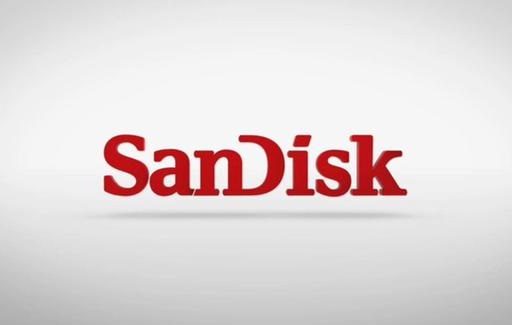SanDisk Announces Four Enterprise-Grade SSDs

CloudSpeed Extreme, Ultra, Ascend and Eco are aimed at different application workloads
SanDisk has announced four new Solid State Drives (SSDs) for data centre applications as part of the CloudSpeed product family.
These are the first drives to be launched after SanDisk’s acquisition of SMART Storage Systems in August 2013, and feature its Guardian Technology platform – a set of firmware algorithms that improve the longevity of Multi-Level Cell (MLC) memory.
The US manufacturer of flash storage says the SSDs codenamed ‘Extreme’, ‘Ultra’, ‘Ascend’ and ‘Eco’ are aimed at different usage scenarios, including online transaction processing, virtual desktop infrastructure, analytics, High Performance Computing (HPC), and media streaming.
“The CloudSpeed SATA SSD product family was designed to meet the needs of applications across the read-write spectrum, meaning organizations and server designers no longer need to make tradeoffs between system performance and cost,” commented John Scaramuzzo, Senior Vice President and General Manager, Enterprise Storage Solutions at SanDisk.
The new hardware will be available through SanDisk’s channel partners by June.
 Not all flash is created equal
Not all flash is created equal
The new CloudSpeed SATA drives were created for read and write-intensive application workloads. All of them offer error correction and detection technology, full data path protection, thermal monitoring and data fail recovery of up to one NAND erase block. Meanwhile, the Guardian Technology ensures that chip endurance and reliability of MLC memory compares favourably against more expensive Single Level Cell (SLC) flash.
SanDisk claims that its new flagship drives called ‘Extreme’ are the first storage devices built with 19nm process to guarantee ten full drive writes per day for the duration of five years. They deliver up to 75K/25K IOPS of random read/write performance, are available in capacities ranging from 100GB to 800GB, and were designed especially for HPC applications.
CloudSpeed Ultra drives were created for mixed-use workloads such as financial transactions, email, messaging and e-commerce. They deliver up to 80K/25K random read/write IOPS, are available in capacities ranging from 200GB to 800GB and support up to 4.4 Petabytes Written (PBW) to the drive over its lifetime.
CloudSpeed Ascend was created to fit into file servers and virtual tape libraries. It will be shipping in capacities ranging from 240GB to 960GB, and deliver up to 80K/15K IOPS with a PBW of 1.8.
Finally, CloudSpeed Eco is suitable for photo sharing, media streaming, and generic cloud applications, with capacities from 240GB to 960GB, offering up to 450/400 MB/s of sustained read/write performance and 80K/15K read/write IOPS.
“To deliver real-time or near real-time insight to drive business decisions, organizations worldwide will need to consider high performance storage solutions, such as SSDs, thereby driving demand for these solutions in the coming years,” commented Jeff Janukowicz, Research Director, at IDC.
How much do you know about storage devices? Take our quiz!
 Not all flash is created equal
Not all flash is created equal